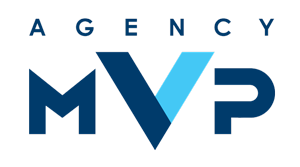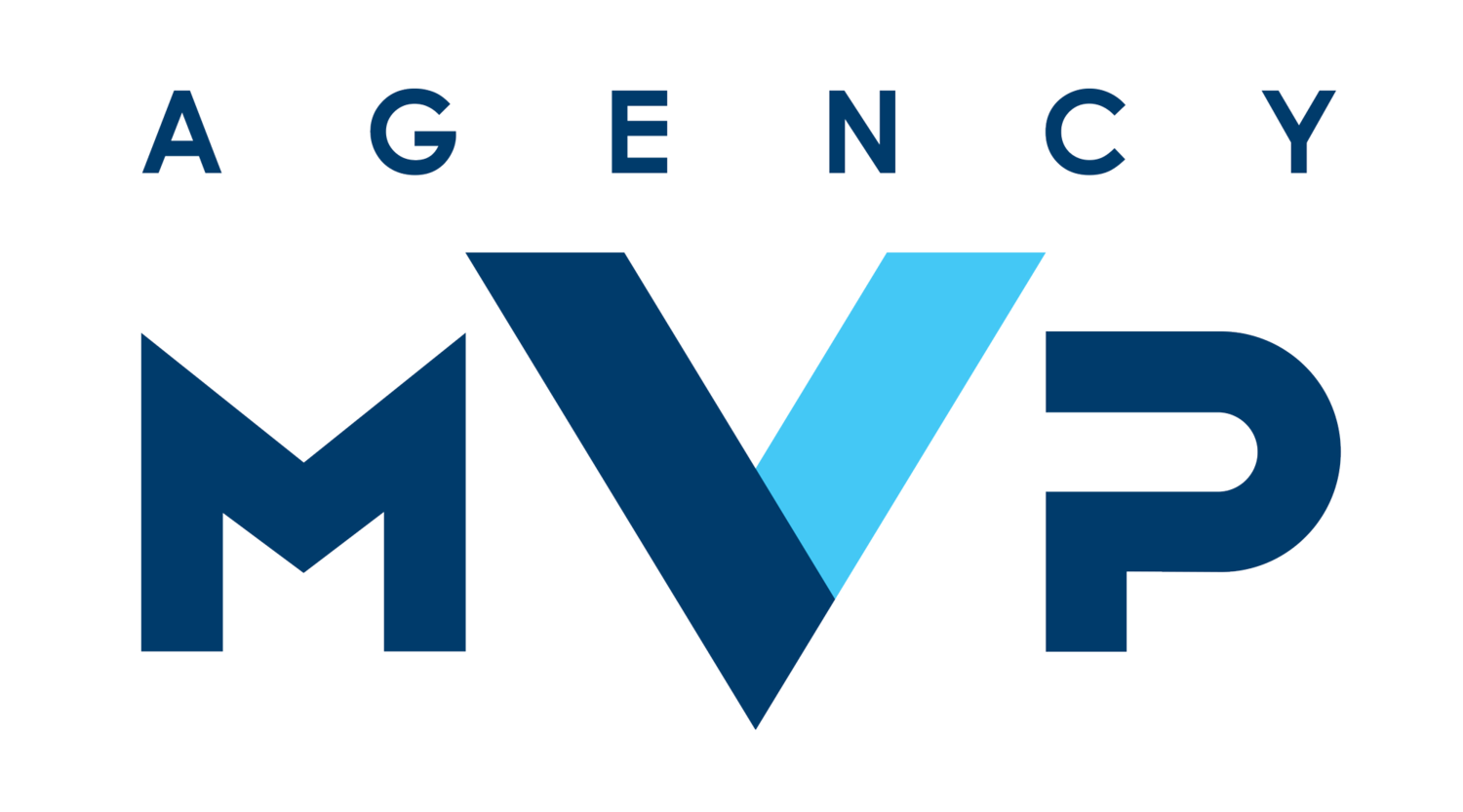How to Perfect the Onboarding Process for Insurance Agents
If you want to create the perfect onboarding process for insurance agents today, then innovation must be at the center of the process. This will allow everyone involved to take advantage of the digital tools now available in the insurance industry. It also streamlines the process and allows everyone to get started more quickly.
Innovation is the key to perfecting the onboarding process for insurance agents. Personal interaction with clients is critical to success. However, innovation is increasingly necessary to do the behind the scenes work that gets quotes and policies into the hands of the people who need them the most.
Moving insurance agents into the digital realm during the onboarding process requires a focused approach that puts everyone on the same page. Continue reading to learn the steps involved in creating the perfect onboarding process for insurance agents.
This is How You Improve the Onboard Process
If you are looking to improve the onboarding process, the first thing you will want to do is simplify it. It will be easy for agents to get through the process, while you should find it efficient. In the end, you’ll have a return on your investment because it will allow agents to go out into the field selling policies as quickly as possible.
Here are some of the benefits of an improved onboarding process:
Stronger relationships are built between agents and their carriers
New hires are retained at a rate that exceeds 80%
Agents become more productive by an average of 70%
Now that you know why it is essential to improve the onboarding process, it is time to put innovation to the test and make it happen for you.
Make Use of Embedded Portals
The overall goal of the onboarding process should be to drive more business to the agency more quickly. Creating embedded portals is one way to accomplish this goal. The purpose of such a portal is to give companies increased access to prospective agents without always having to rely on a traditional recruitment process.
Why Are Embedded Portals Important?
Many insurance agencies have traditionally relied on job descriptions to pull in the type of agent they are looking for. This has allowed them to send job invitations to specific candidates with the type of experience and accreditations needed to do the job successfully.
The problem with this method is that it is labor intensive. By the time an agency locates an agent that suits their requirements, another firm has already snatched them up. This results in an outdated database that is no longer relevant to their needs. A more effective onboarding process is needed from the outset.
This is What an Embedded Portal Brings to the Table
Embedded portals are placed directly on an agency’s website. Candidates who are interested in any given position can apply directly there. They can also input their personal information and letter of interest without actually receiving an invitation to do so. This effectively expands the pool of talent that any agency has to choose from.
The Portal Should be Intuitive
Agencies can also automate emails during the onboarding process. New agents will be able to use tools like DocuSign to sign employment and agency agreements. There is also a great deal of insight that the portal can provide to new agents to help them move swiftly through the process.
The following items are important and can be utilized effectively in an embedded portal:
Hiring status – This can be automatically updated throughout the hiring process to let candidates know exactly where they stand at any moment in time.
Training materials – This makes it easy for agents to access what they need to succeed in their job.
Set appointments – This can all be done online, minimizing time spent making them.
Important announcements – The portal can instantly update itself with general announcements sent from the agency to all new agents.
Add Plenty of Self-Service Features
It can take weeks to onboard an agent the traditional way. There are licenses and certifications that have to be verified. The paperwork alone can take weeks to go through. Even prospective candidates that would be great for a position may lose interest in the process and go to another more innovative agency.
This is where self-service onboarding can really be helpful. Everything will be located online in such a way that new agents can easily complete all of the requirements necessary to come on board.
Here are some of the more notable benefits of having self-service features available during the onboarding process for new insurance agents:
All credentials and documents can be uploaded – This includes diplomas, certifications, and any other documentation that is agency specific. They can be uploaded online at any time, so no appointment is necessary to complete this task. The system will automatically notify new agents of anything that is missing or not in the proper format.
Necessary trainings can be accessed online – Agencies will frequently have their own in-house training. This can be placed online for new agents to access on their own time and as quickly as possible. Industry trainings can be placed on the portal as well.
Missing documentation can be flagged immediately – If there is any missing documentation, the self-service portal can notify the new agent right away. Human resources can also be notified so that they can personally follow up as needed.
This entire process can be listed step-by-step during the onboarding process. New agents will know exactly what they are responsible for and can get it to the agency with minimal effort. For their part, agencies benefit by minimizing paperwork and getting agents out into the field more quickly than would otherwise be possible.
Put Automation to Work for the Clients
Automation is key for the entire onboarding process. This includes for prospective clients as well. In essence, the goal is to cut out any unnecessary steps in the process. This can all be automated and streamlined to the benefit of everyone involved, from agents to customers.
If an agency automates the entire onboarding process, here is an example of what that might look like step-by-step.
Application – This will be located entirely online and be sent to the agency electronically. The application can be customized to fit the specific needs of the agency.
Information Review – During this stage, the person in charge of the onboarding process will push the information contained in the application to ensure that the client gets the information that he or she needs.
Quote Generation – This can be automated as well. Agencies now can generate a quote and have it sent to the customer on behalf of an agent in their area. This decreases response time and can get information to the client even during off hours, weekends, and holidays.
Wait for a Response – Clients can respond to a quote directly online and move the process forward. They can also pay for policies, send in documentation, and fulfill any other agency requirements.
Question and Answer Period – If the quote is accepted, then there can be an exchange of questions before the next stage of the onboarding process commencing.
If innovation is properly utilized, there is very little in the onboarding process today that needs to be manual. Agencies can easily standardize and automate the process so that the same thing is expected and received from virtually every agent or client who comes on board.
Wrap-Up
Implementing a perfect onboarding process for insurance agents will increase efficiency and revenue. It is important to get new agents out into the field selling policies as quickly as possible. Getting them through the onboarding process quickly is designed to help them do exactly that.
Sources:
https://www.insurancethoughtleadership.com/4-key-elements-for-onboarding-producers/


